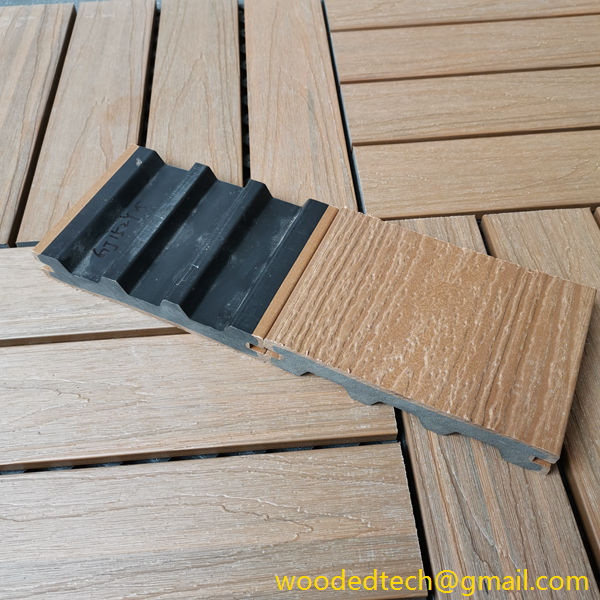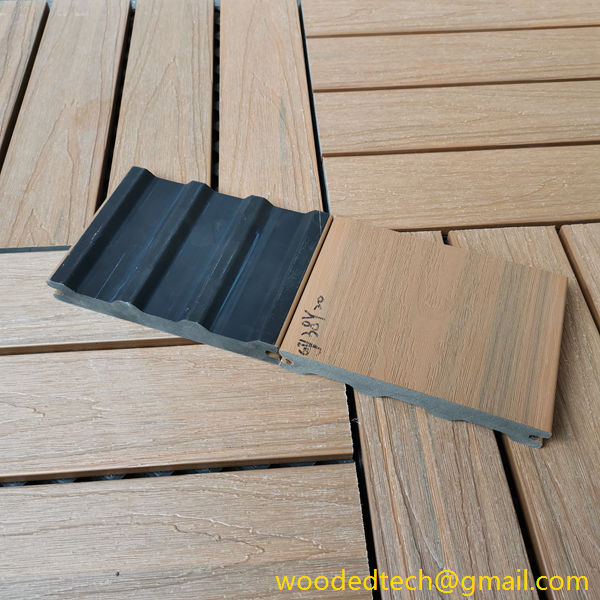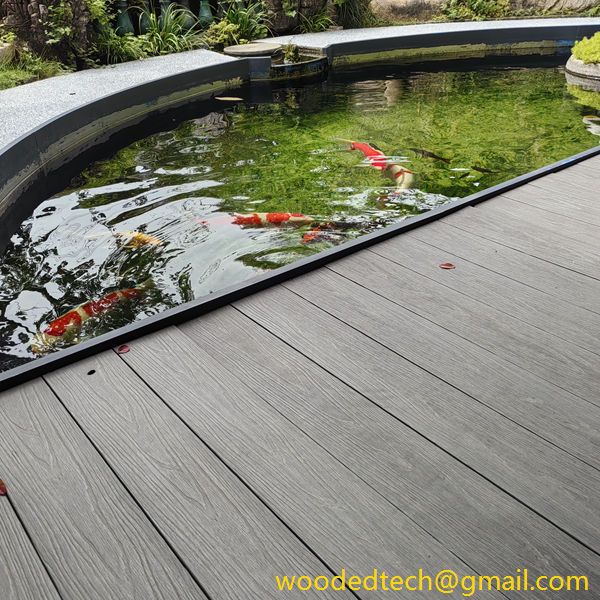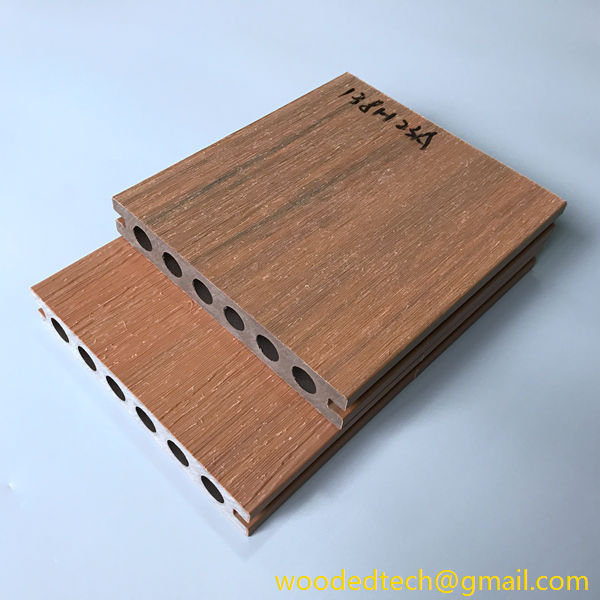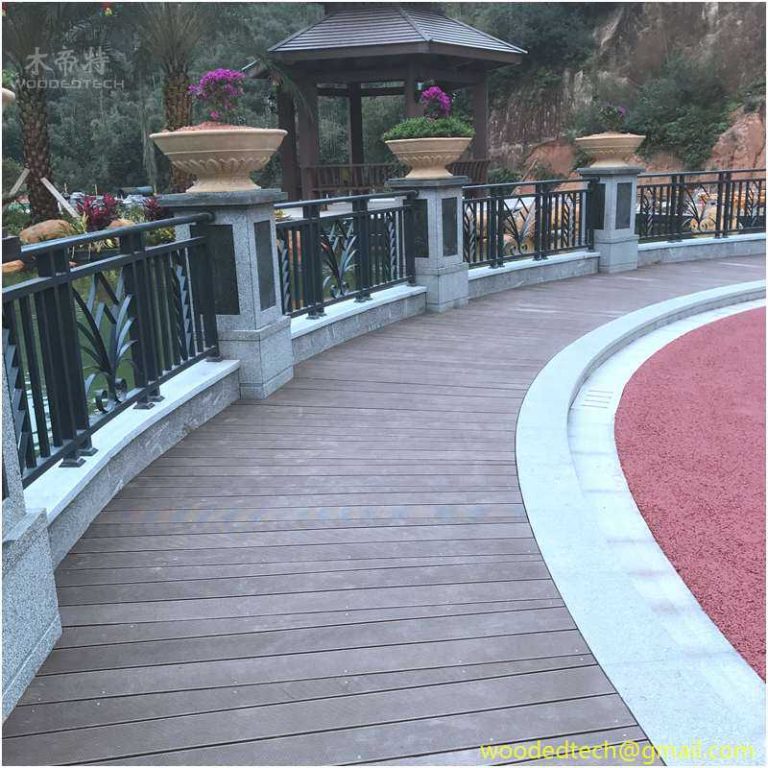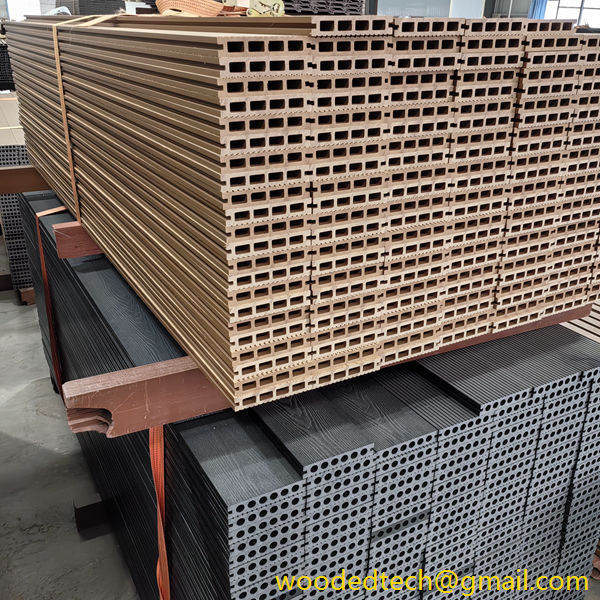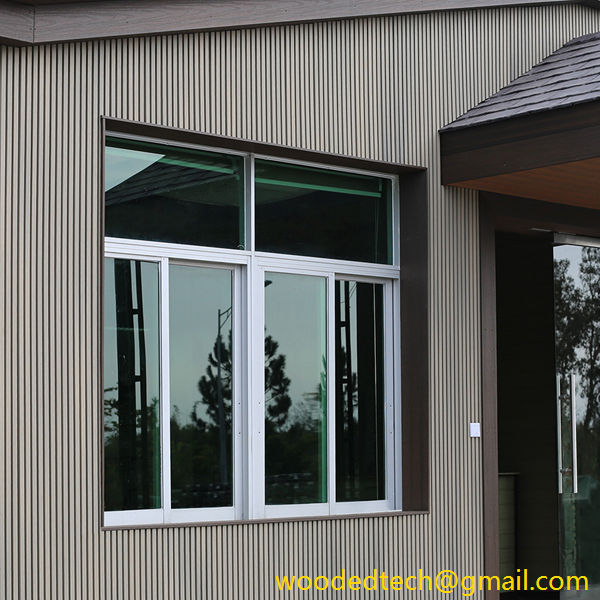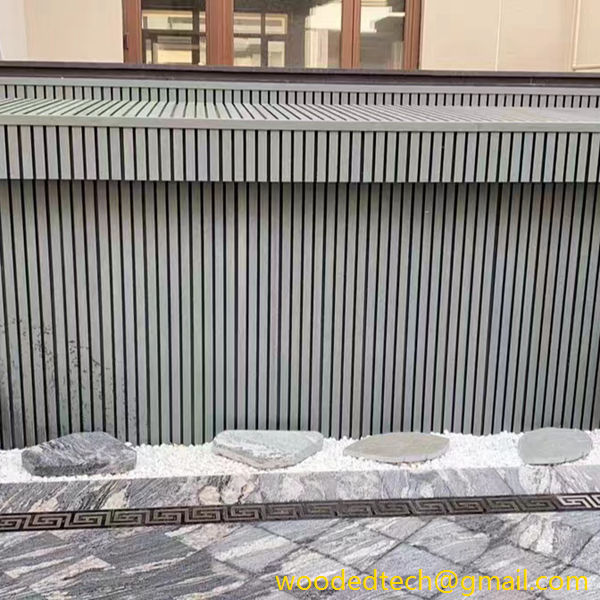塑料覆层比木材便宜吗?了解成本
塑料包层比木材便宜吗?了解成本 在考虑建筑物的外部设计和保护时,最重要的决定之一就是选择覆层材料。其中,塑料包层和传统木材是最受欢迎的选择。本文旨在探讨塑料包层是否比木材便宜,重点是...
塑料覆层比木材便宜吗?了解成本
When considering the exterior design and protection of a building, one of the most significant decisions is the choice of cladding material. Among the popular options are plastic cladding and traditional wood. This article aims to explore whether plastic cladding is cheaper than wood, focusing on the costs associated with both materials, their maintenance requirements, and the long-term benefits of each.
Plastic cladding, commonly made from materials such as PVC or vinyl, has gained popularity in recent years due to its affordability, durability, and low maintenance requirements. On the other hand, wood has long been cherished for its aesthetic appeal and natural beauty, but it often comes with higher maintenance costs and a shorter lifespan. Understanding the financial implications of both materials can help homeowners make informed decisions.
Initial Costs
When comparing the initial costs of plastic cladding and wood, plastic typically comes out as the more affordable option. The price of plastic cladding materials is generally lower than that of high-quality wood. Additionally, plastic cladding is available in a variety of styles and finishes, which can mimic the appearance of wood without the associated costs. This versatility allows homeowners to achieve the desired aesthetic without stretching their budgets.
The installation costs can also differ significantly between the two materials. Plastic cladding is often lighter and easier to handle than wood, which can reduce labor costs during installation. Many plastic cladding systems are designed for straightforward installation, allowing for quicker projects that can save homeowners both time and money. In contrast, wood cladding may require more specialized skills for installation, especially when it comes to cutting and fitting pieces together, potentially increasing labor costs.
Long-Term Costs
While plastic cladding may seem cheaper initially, it is essential to consider long-term costs as well. One of the most significant advantages of plastic cladding is its minimal maintenance requirements. Unlike wood, which needs regular staining, sealing, or painting to protect it from the elements, plastic cladding can withstand harsh weather conditions without deteriorating. Homeowners can avoid the recurring costs associated with maintaining wood cladding, making plastic a more cost-effective choice over time.
Wood cladding, while beautiful, requires considerable upkeep. Over time, wood can warp, crack, or rot due to exposure to moisture and pests. Homeowners may need to invest in repairs or replacements sooner than they would with plastic cladding. Additionally, the maintenance process itself can be time-consuming and costly, requiring professional services or high-quality materials to ensure the wood remains in good condition.
The lifespan of the materials is another critical factor in determining long-term costs. Plastic cladding is designed to last for decades, often with warranties extending up to 50 years or more. In contrast, high-quality wood may last around 20 to 30 years with proper maintenance, and lower-quality wood may need replacing even sooner. This disparity means that, in the long run, homeowners using plastic cladding may spend less on replacements and repairs.
Environmental Considerations
While cost is a significant factor in making a decision, it is also essential to consider the environmental impact of the materials. Traditional wood is a renewable resource, and when sourced sustainably, it can be an eco-friendly option. However, the manufacturing process for wood products can contribute to deforestation and habitat loss if not managed responsibly.
Plastic cladding, while often perceived as less environmentally friendly due to its petroleum-based origin, has seen advancements in recent years. Many manufacturers now produce plastic cladding using recycled materials, reducing the environmental footprint of the product. Additionally, its longevity means that fewer resources are needed for replacements over time.
Aesthetic Appeal
While cost and maintenance are vital factors, the aesthetic appeal of plastic cladding versus wood should not be overlooked. Wood cladding offers a warmth and natural beauty that many homeowners find appealing. It can enhance the character of a home and provide a timeless look that is hard to replicate. However, plastic cladding has come a long way in terms of design and can successfully mimic the appearance of wood. Homeowners can choose from various textures and colors to achieve a similar aesthetic without the associated costs and maintenance.
In conclusion, when evaluating whether plastic cladding is cheaper than wood, several factors come into play. Initially, plastic cladding generally has lower material and installation costs. Over time, however, the minimal maintenance requirements and extended lifespan of plastic cladding can lead to significant savings compared to wood. While both materials have their unique benefits and aesthetic qualities, plastic cladding offers a more maintenance-free solution that can be more cost-effective in the long run. Ultimately, homeowners should weigh their priorities in terms of budget, maintenance, and aesthetics to make the best choice for their home.

